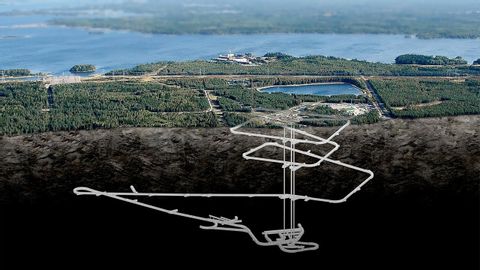Finland Might Have Solved Nuclear Power’s Biggest Problem
joey joey が 2021 年 06 月 12 日 に投稿  この条件に一致する単語はありません
この条件に一致する単語はありませんUS /məˈtɪriəl/
・
UK /məˈtɪəriəl/
- n. (c./u.)衣料;原材料;原料
- adj.関連な,重要な;世俗的な : 物質的な : 物質でできた
US /ˈpɚmənənt/
・
UK /'pɜ:mənənt/
- adj.永続的な;常勤の;恒久的な
- n.正社員;パーマ
- n. (c./u.)条件;期間;学期;用語;関係;項;妊娠期間;任期
- v.t.称する
US /kəˈpæsɪti/
・
UK /kə'pæsətɪ/
- n. (c./u.)収容能力;容量;最大生産能力;能力;個人の職務や役割;静電容量;法的能力
エネルギーを使用
すべての単語を解除
発音・解説・フィルター機能を解除

